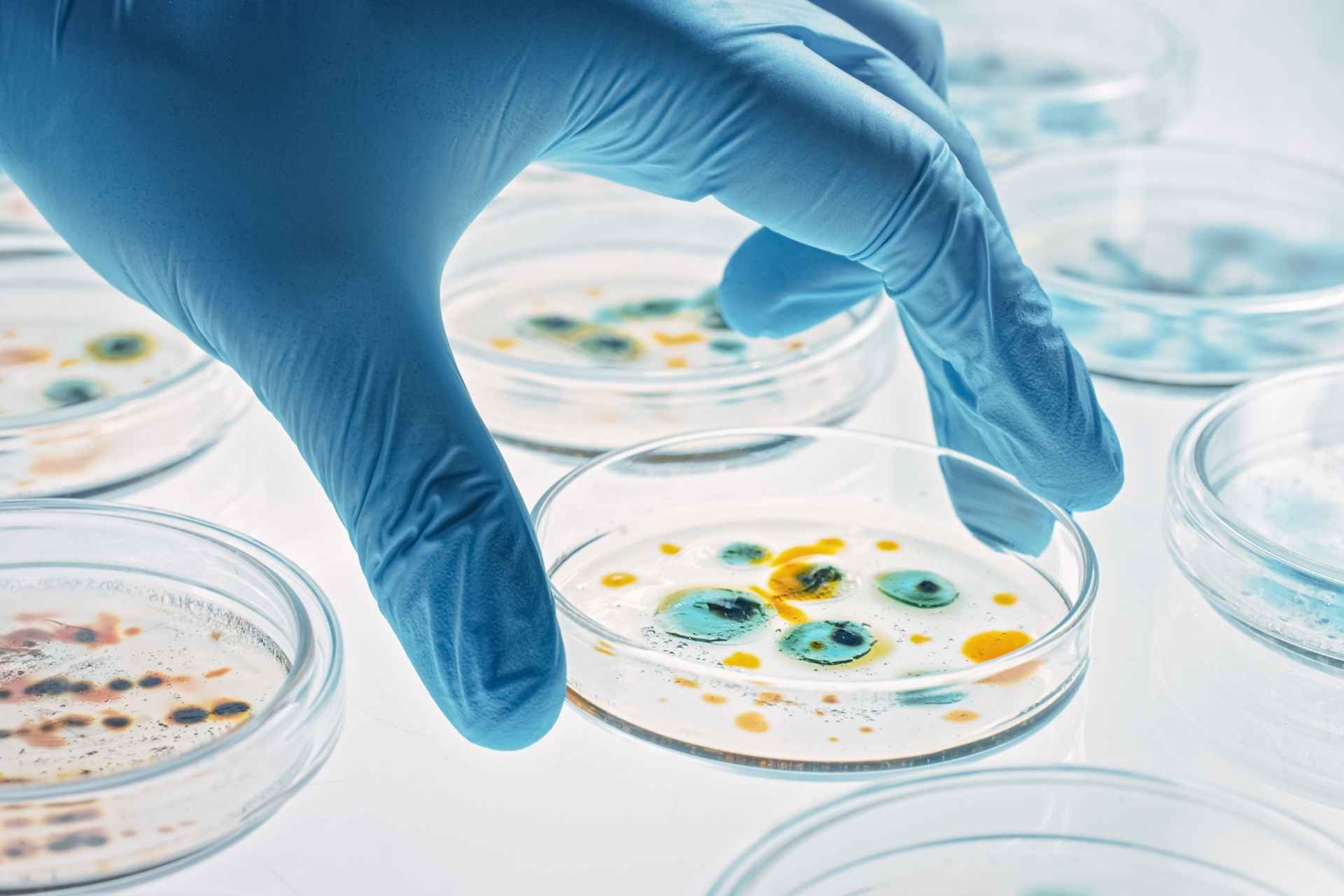What is already known
Imbalances in the gut microbiota can cause many health issues, including inflammatory, metabolic and neurological conditions. Bacteria within the same species have a genetic similarity of 95%, but strains within species can show various degrees of harmfulness. This diversity arises from mutations and gene transfer between microbes. Analyses of pangenomes — a term that refers to all genes from different strains — provide a more complete view of the gut microbiota than traditional studies.
What this research adds
Researchers analyzed more than 240,000 genome sequences from 728 microbial species in the human gut, creating ‘pangenomes’ for each species. The team categorized genes into three groups, including core genes, which are essential for basic functions, and cloud genes that allow bacteria to adapt to environmental changes. The analysis also revealed more than 6,000 antibiotic resistance genes, especially in the Proteobacteria family, most of which were found to be cloud genes. The study identified specific genes in Akkermansia muciniphila that correlate with host characteristics such as age and sex and that may influence health outcomes.
Conclusions
The findings improve our understanding of the genetic complexity of the human gut microbiota and its implications for health.
Imbalances in the gut microbiota can cause many health issues, including inflammatory, metabolic and neurological conditions. A new study now provides insights into the community of bacteria and other microbes that inhabit the human gut.
The findings, published in Cell Host & Microbe, improve our understanding of the genetic complexity of the human gut microbiota and its implications for health. The study also highlights the need for more research into antibiotic resistance and personalized treatments based on microbiota composition.
This is because while bacteria within the same species have a genetic similarity of 95%, strains within species can show various degrees of harmfulness. This diversity arises from mutations and gene transfer between microbes. Analyses of pangenomes — a term that refers to all genes from different strains — provide a more complete view of the gut microbiota than traditional studies.
So, researchers led by Saar Shoer at the Weizmann Institute of Science in Rehovot, Israel, analyzed more than 240,000 genome sequences from 728 microbial species in the human gut, creating ‘pangenomes’ for each species.
Microbial variability
The researchers found high genetic diversity within bacterial species in the human gut, suggesting that the gut microbiota can adapt to changes in the environment. The analysis also revealed that gut microbes can perform a wide variety of functions, contributing to overall human health.
The team categorized genes into three groups: core genes, which are essential for basic functions; shell genes, which appear in some but not all strains; and cloud genes, which are found in very few strains and allow bacteria to adapt to environmental changes.
The researchers identified more than 6,000 antibiotic resistance genes in 728 bacterial species, with many of these genes conferring resistance to multiple types of antibiotics. Certain bacterial species, especially those belonging to the Proteobacteria family, were resistant to more than 20 different antibiotics. Most resistance genes were found to be cloud genes, suggesting that these genes can spread among bacterial populations, likely as a result of antibiotic overuse.
Personalized treatments
The study also explored how the genetic makeup of gut bacteria interacts with human traits such as age and sex. Certain bacterial strains were more common in people of specific age groups, while in five species, bacterial strains were linked to the sex of the host.
For example, in Akkermansia muciniphila, certain genes were linked to younger or older hosts. Other genes were associated with sex differences, indicating that the gut microbiota may play a role in sex-specific health outcomes.
The findings open new possibilities for personalized treatments based on a person’s microbiota composition, the researchers say. However, they add, the threat of antibiotic-resistant bacteria calls for the development of new antimicrobial approaches. “The prevalence of antibiotic resistance genes emphasizes the need for vigilant monitoring and innovative treatment strategies.”









